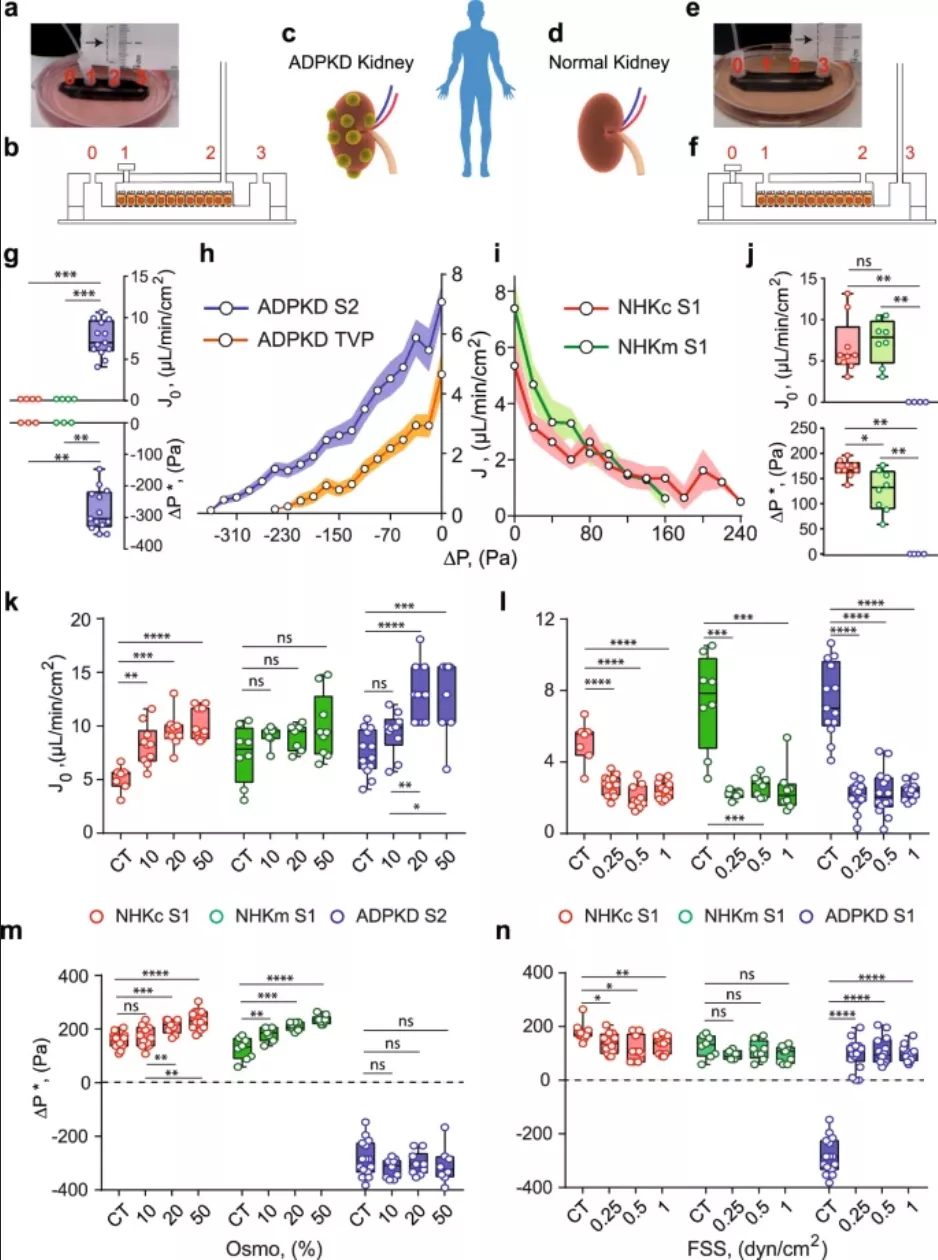The kidney plays an important role in removing waste and toxins from the blood, but how cells transport fluid through organs has always been a mystery Now, researchers at Johns Hopkins University have studied the mechanical forces in their work. They have found that kidney cells have a pumping action that has not been observed before

Data map
All the blood in your body passes through your kidneys dozens of times a day, through tiny tubes and filter units before the "clean" blood returns to your blood. But researchers don't know the mechanical forces needed to complete the process - after all, the epithelial cells in these pipes are considered immobile.
Sean sun, corresponding author of the paper on the new study, pointed out: "the basic laws of physics say that you need force to move things. In this case, cells don't move, but they are moving liquids. So the question is, how do they do this?"
In response, researchers from Johns Hopkins University used an artificial microfluidic kidney pump to model the organ. In this device, the liquid passes through a microchannel, passes through cultured renal epithelial cells, and then enters a second microchannel. At the same time, the device records the liquid pressure from different areas.
Sure enough, the team observed that renal epithelial cells operated like mechanical fluid pumps. They actively generate a fluid pressure gradient, which drives the fluid to move in a specific direction like an ordinary household water pump.

In subsequent experiments, the team studied the changes in the function of these cells in the case of disease. They tested the same device on renal epithelial cells from patients with autosomal dominant polycystic kidney disease (ADPKD). It is reported that the disease can lead to the formation of fluid filled cysts.
As a result, the researchers found that sick cells pumped fluid in the opposite direction to healthy cells. This changes the pressure curves of renal ducts and changes their shape, which may play an important role in the development of cysts.
Next, the researchers tested a drug called tovaptan in microfluidic devices, which is used to slow the progress of ADPKD to see how it works. They found that the drug caused cells to reduce their pumping flow and pressure gradient, thereby slowing the development of cysts.
The team pointed out that this discovery may open up new potential drugs or treatments, and the device can be used as a screening tool for ADPKD and other diseases to find use in kidneys and other organs.